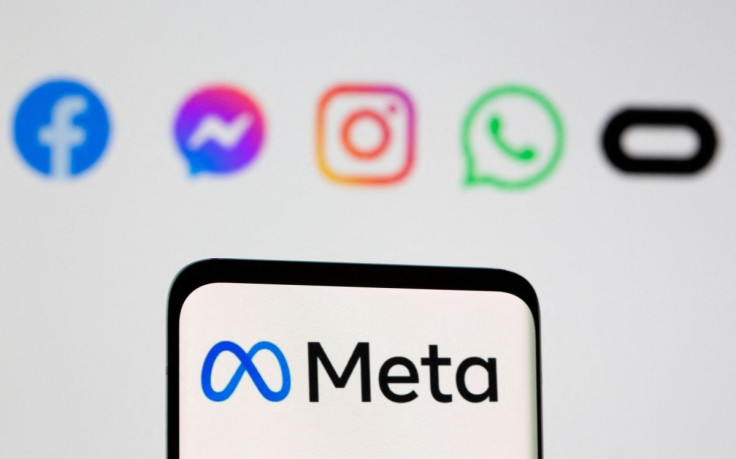How Web3 Can Rebuild The Trust That Today’s Social Networks Have Squandered
The backlash against Elon Musk’s bid to take over Twitter has crystalized the disillusionment that so many feel about social media today. The prospect of a billionaire simply buying a platform and imposing his ideas on millions of users is a reminder that these networks are controlled by an elite few with negligible input from the communities that use them.
Platforms like Twitter and Facebook have become immensely powerful through disempowering their users, the very people who give the networks value. It’s not surprising that this is leading to growing levels of disenchantment with the established platforms and creating demand for new models that give back control to users
Decentralized, blockchain-based social networks are still in their early stages, but it’s already clear that they have the potential to solve the biggest drawbacks of legacy platforms.
Three fundamental problems have steadily eroded people’s trust in Web2 social media networks.
First is the lack of ownership. Once you upload something to a platform like Meta, you’ve essentially given the company permission to do what it wants with your photos and videos. Second is the lack of economic power. The standard model of today’s social media platforms is to profit from your personal data and content while funneling little or nothing back to the user. Last but definitely not least is the lack of decision-making power. Centralized platforms are constantly changing their policies, algorithms and interfaces without any transparency or input from the users who are affected by them.
Web3 platforms can return power to the user on all three of these levels.

By shifting the storage of data from the platform to the individual, users can control how their personal data is used and what platforms have access to it. This creates a new paradigm where you can easily transfer their data between multiple platforms. Additionally, if a user is creating valuable content, this gives them more direct control over how and where it is monetized.
The SocialFi elements of Web3 enable more direct forms of monetization without being totally reliant on a major platform. Users are already rewarding each other with NFT airdrops for their contributions to online communities.
The governance problem is resolved by an age-old principle - democracy. Tokens can be issued by the platform and its sub-communities based on users’ participation and contributions to give members voting power on key decisions. Tokenization can act as an incentive to keep users engaged and encourage productive participation.
No Web3 platform has yet cracked the puzzle of how to do all this perfectly, but progress is being made every day. There’s no reason why these platforms can’t match the speed, attractive user experience and performance of centralized networks. A new user may not even be able to tell any immediate difference based on usability and functionality - the Web3 infrastructure can run “under the hood” while platforms borrow some of the more familiar UI aspects of Web2 social networks.
There are no shortage of questions and challenges around how future social networks will best work in practice.
Governance, for example, is not easy to get right. Tokenization is just a potential first step. One risk is that a handful of “whales” could accumulate a huge share of tokens and take control of platforms, which would bring us back to square one. It will be up to communities through democratic processes to establish which members have the right to drive decisions and govern the platforms.
Web3 companies will need to resist the temptation to fall back into too much centralized decision-making or hurry token launches before understanding social dynamics. Instead, they should prioritize giving users the tools they need to figure out the proper balance on governance systems. Blockchain-based decentralized autonomous organizations (DAOs) are rapidly iterating new forms of voting mechanics that can drive effective decision-making.
Enabling users to better monetize their content is a big potential advantage of Web3 platforms, though the most effective tokenomics models still need to be worked out by communities.
A moderator or administrator of a popular community on Reddit typically earns nothing from their work even as the company rakes in the associated advertising revenue. On Web3 platforms, the tokenomics could allow ad revenues to reward the hard work and success of users. Ads have become a dirty word lately, but only because of the way they’ve been used to saturate users’ feeds without giving anything back to them. Ads need to be rethought so the user benefits from them as much as the advertiser does.
By encouraging tokenized communities, Web3 platforms can also create ad-free forms of monetization. Users can tokenize their own portals and gain from the price appreciation that will occur if their content, commerce or community activity proves popular. These models already exist in the world of NFTs. Some communities have portals that only allow users to participate if they own the relevant NFT, creating a direct relationship between the price of the asset and the popularity of the community behind it.
These are all thorny problems for communities to solve. But they are good problems to have considering that they are birthing a new type of social media that restores trust and empowers users.
(Rick Porter is the CEO of DSCVR, one of the first and largest Web3 social networks built entirely on a blockchain.)
© Copyright IBTimes 2024. All rights reserved.





















